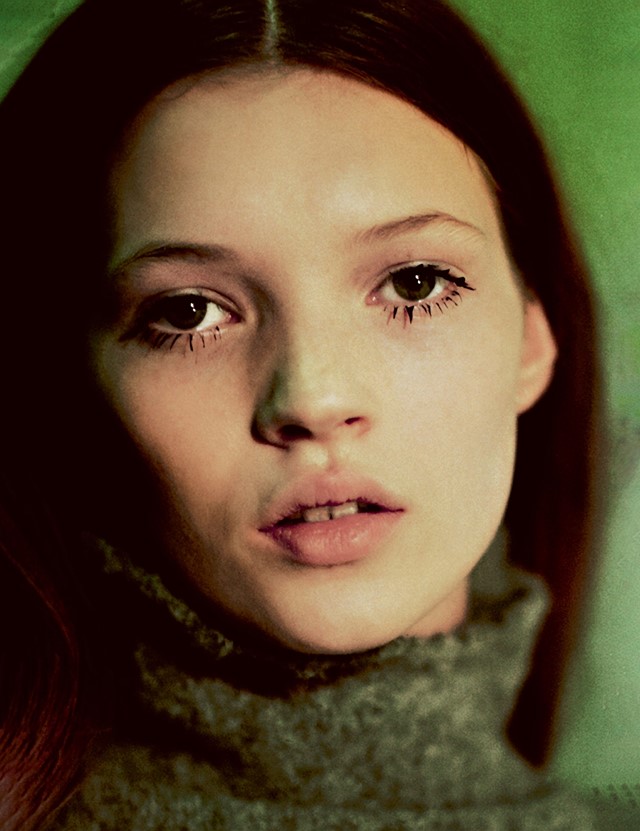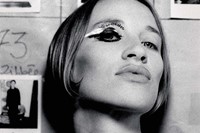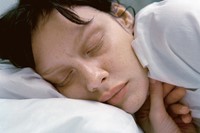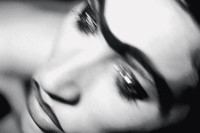A new book celebrates the make-up artist who changed the face of beauty during one of fashion’s most formative periods. Here, she speaks to AnOther about working with Martin Margiela, the Antwerp Six and why she’s always been drawn to the dark side
Inge Grognard has been redefining the codes of beauty since the late 80s. At a time when beauty was synonymous with glitz and glamour (think Thierry Mugler and Claude Montana), Grognard was creating her own visceral language, one defined by a sense of darkness, romance, and raw emotion. “I’ve always liked dark things,” she says. “I love horror movies. I love blood. I love black. I love skin. I love real emotions.”
Born in the Belgian city of Genk, Grognard’s relationship with beauty can be traced back to the moment she met a young Martin Margiela, through his niece Josiane, with whom Grognard was at school. “The three of us were really into clothes and everything around that,” she says. “It was clear that I was not going to be a fashion designer. My drawings were not that good, but I was fixed on what goes with the clothes, and that was make-up.”
Following Margiela, who was off to study at the Royal Academy of Fine Arts Antwerp, Grognard enrolled in a local make-up school. But it was outside the confines of academia where most of her creativity was allowed to flourish, experimenting on herself whenever they went to a gay bar or punk basement. “It was quite heavy make-up, very dark eyes, dark lipstick,” she recalls, “I was my first model, in a way, I tested everything out on myself. And then at a certain moment, Martin was doing an evening photography class with Walter Van Beirendonck, so I was modelling for them. I had to do my own hair and make-up. Everything started like that, very organically. But in Belgium, models always did their own make-up, the job of a make-up artist just didn’t exist.”
For Grognard, 1989 was the year that changed everything. What had started out organically as a creative pursuit soon took the loose shape of a career, as Martin Margiela launched his eponymous label, marking what would later be described as one of the most important fashion moments of all time. “It was chaos,” she says of that first revolutionary runway show, staged at a derelict playground on the outskirts of Paris. “I didn’t have any assistants, it was dark. There were mistakes. Things went wrong. I remember seeing Martin earlier on, I knew the models were going to wear masks and have hair over the eyes. But he also wanted to have really dark eyes. I knew I needed to find the right kind of black, but it didn’t really exist. Eventually, we found this pigment that was a nightmare to put on, it kept spilling on the skin so we had to constantly clean it. In the end, it worked. But you can’t imagine what shows were like back then. We didn’t even have any light. And it went on like that for years.”
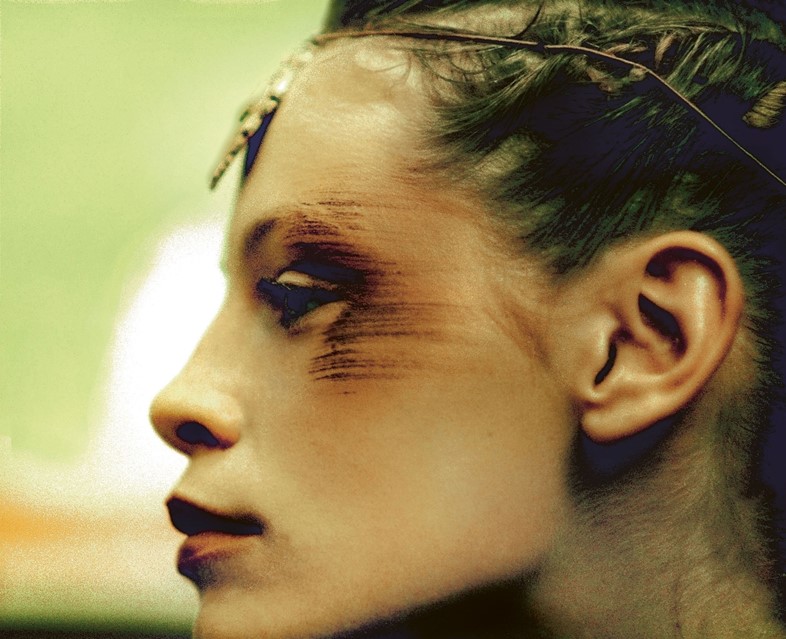
Alongside her work with Margiela, Grognard was instrumental in crafting not just the beauty, but also the wider visual language of the Antwerp Six; Van Beirendonck, Ann Demeulemeester, Dries Van Noten, Dirk Van Saene, Dirk Bikkembergs and Marina Yee. This meant rejecting any trends that preceded them.
“What was important to the Antwerp Six was to be different from what had come before, all that glam. What helped was Jean Paul Gaultier, who changed a lot by having guys wearing make-up and trans models,” says Grognard. “That was the first step. Then the second one was the arrival of the Japanese designers, Comme [des Garçons] and Yohji [Yamamoto] – all those black clothes and the make-up. Seeing that allowed us to rewrite beauty for fashion shows.”
This early chapter in Grognard’s life was not only pivotal in launching her career as a make-up artist, but also in influencing the language of beauty as a whole. Much of what we think of as beauty today, can be traced back to Grognard’s unbridled creativity and DIY attitude. It’s a period that’s currently the subject of a new book, Inge Grognard, Makeup 1989–2005, by London and Antwerp-based independent publishing house, Zegris Books. “It was a nice period, we had a lot of freedom,” she reflects. Is she nostalgic for it? “No. That was then and this is now. I live for the now and I live for tomorrow.”
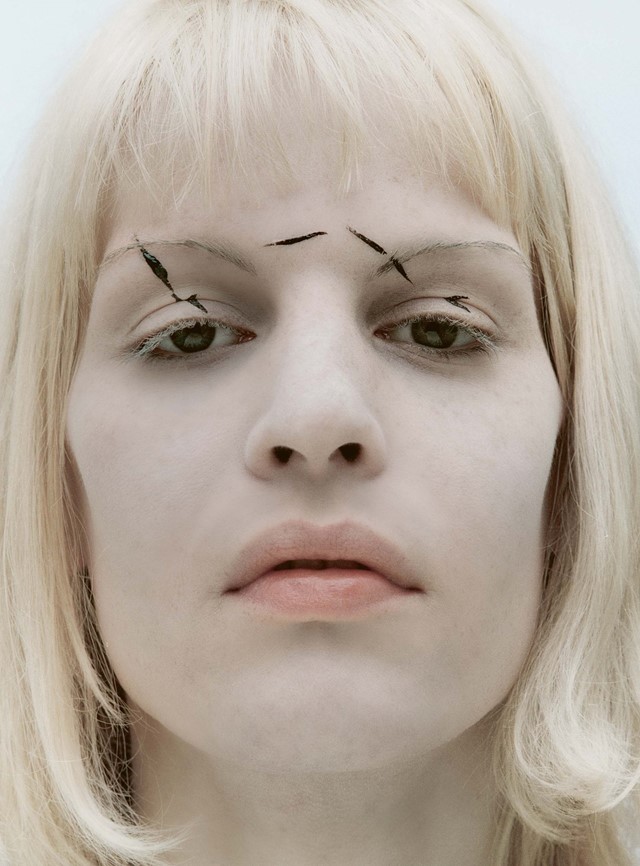
These days, Grognard is just as selective about who she works with – as she’s always been. “I work with people I really love,” she says. So far, that means Glenn Martens at both Y-Project and Diesel, Nicola Brognano at Blumarine, Mowalola, and of course Demna at Balenciaga, a creative partnership that has brought Grognard’s work somewhat more into the mainstream. “I like to work with designers who are interesting. It’s the same with photographers, I’m really open to working with new people but I need to like them because otherwise, it doesn't work. I’ve skipped jobs that were a lot of money because my instinct is saying to me, ‘no’.”
Looking back at those formative years, and comparing them to her work today, has her approach to beauty changed? “No,” she pauses. “You don't realise it when you start, but at a certain moment, you begin to see a line in your work. And that makes me happy. Why should I change that? It’s what makes it me.”
Inge Grognard, Makeup 1989–2005 is published by Zegris Books, and is out now.
